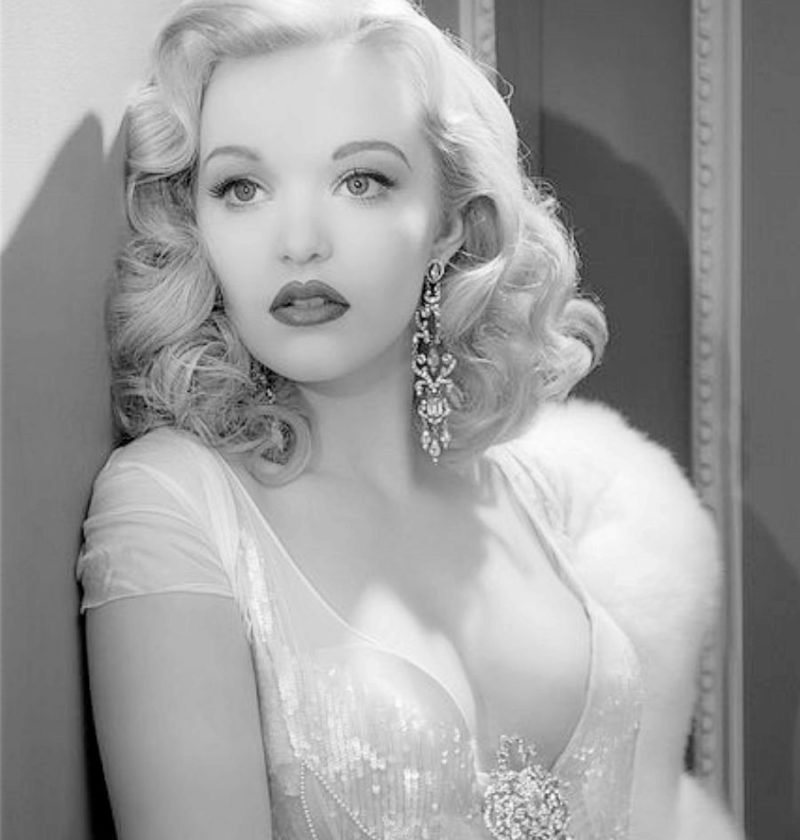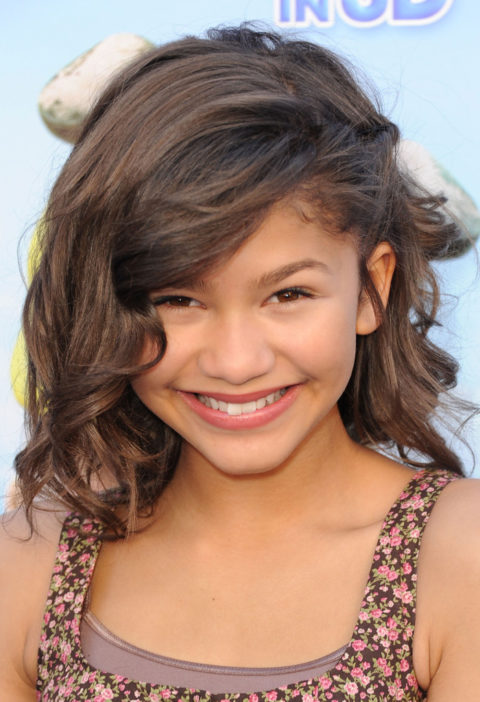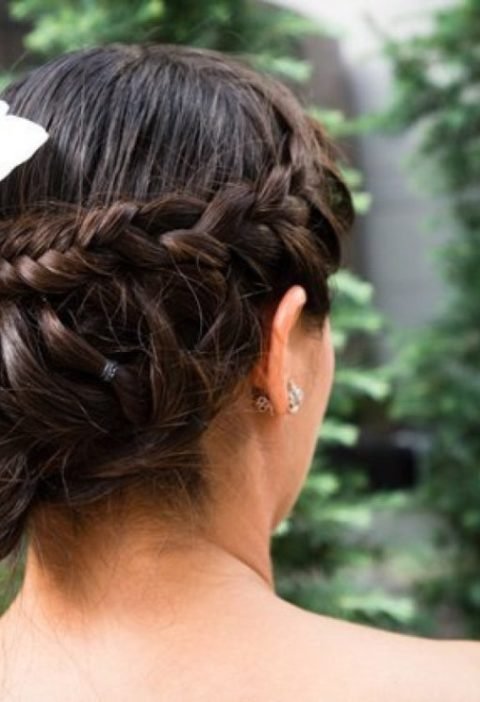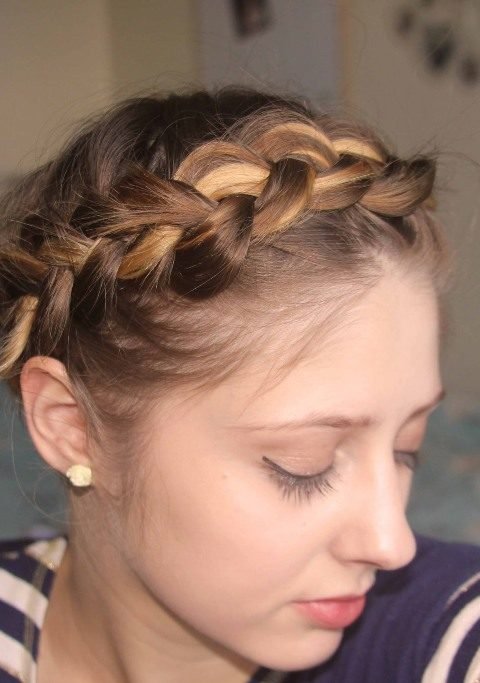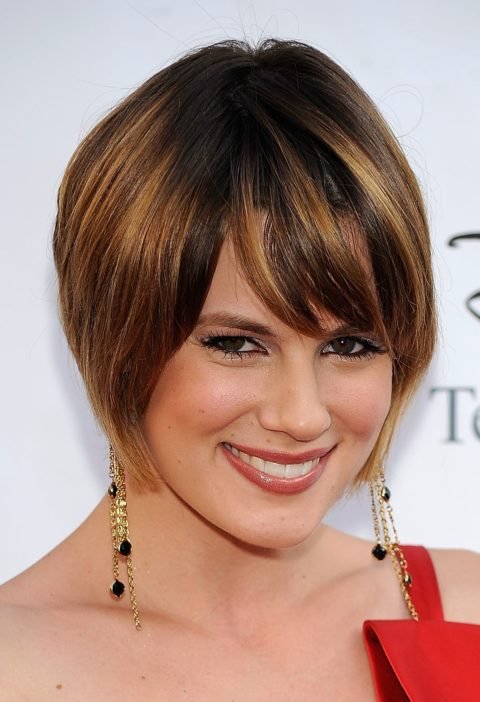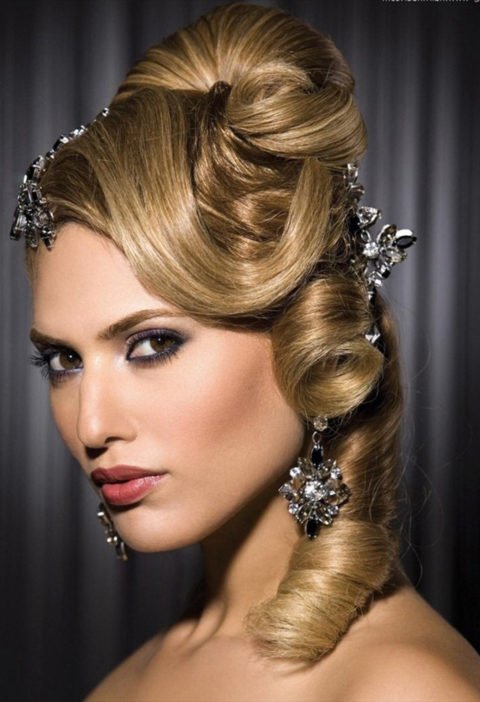Vintage Hairstyles of the 1950s were for the most part shoulder length and tightly curled. The complex hairstyles of the 40s were on their way out, and loose hair without any clips, for the first time in history, was coming into style. The 50s hairdo that we consider the “Marilyn Monroe” look was actually worn by a great many women in the 50s, and was not really originated by Marilyn Monroe. Monroe was simply being fashionable by wearing the “in” look of the 50s, and she wore it so well during her prime that it will be forever associated with her.
Elizabeth Taylor, Mamie Van Doren, Grace Kelly, and numerous others wore this popular and versatile look. The “Marilyn” style was as popular in the 50s as the “Farrah” style was in the 1970s, just about every woman tried it at some point, but this look was not associated with Marilyn Monroe as its originator during its popularity. It was just a sign of the simpler and less dressy style of the 50s, as opposed to the highly styled and coordinated look of the 40s.
The 1950s was a decade of transition in many ways, but one of the most significant fashion changes was that the hat began to sharply lose popularity. They were still widely worn, but the younger generation could be seen regularly going hatless to dances, and formal events in the late 1950s. Prior to this decade, hats were the finishing touch to every outfit. In the 1860s men wore top hats, and women wore bonnets, in the 1900s women wore huge wide hats with flowers, and by the 1920s the flapper wore the unique bucket hat. For well over 100 years we could consistently see a new hat style to mark that period in time, until the late 1950s.
The solidity of American culture took a nosedive by 1959 as divorces became more common, men also slowed down on trips to the barber for the old fashioned shave and a haircut, and women were gradually cutting back on beauty parlor appointments. Morality was losing ground and the family was becoming displaced for the very first time. There were groups who protested the negative changes and wanted to do something about the declining times, but the majority pointed to the changes as progress, and clinging to the old fashioned values as simply going back in time.
In the early 1950s it was standard for men and women to groom themselves well at all times, and a man could still be seen wearing a single breasted suit while a woman could be seen wearing a dress and a well manicured hair style, by the late 1950s men and women were often sporting jeans with a much less coiffured headdress. The ponytail for girls and the DA for the boys would hit the scene of the late 50s as rock n roll took over the teenagers.
Vintage Hairstyles Ideas




















